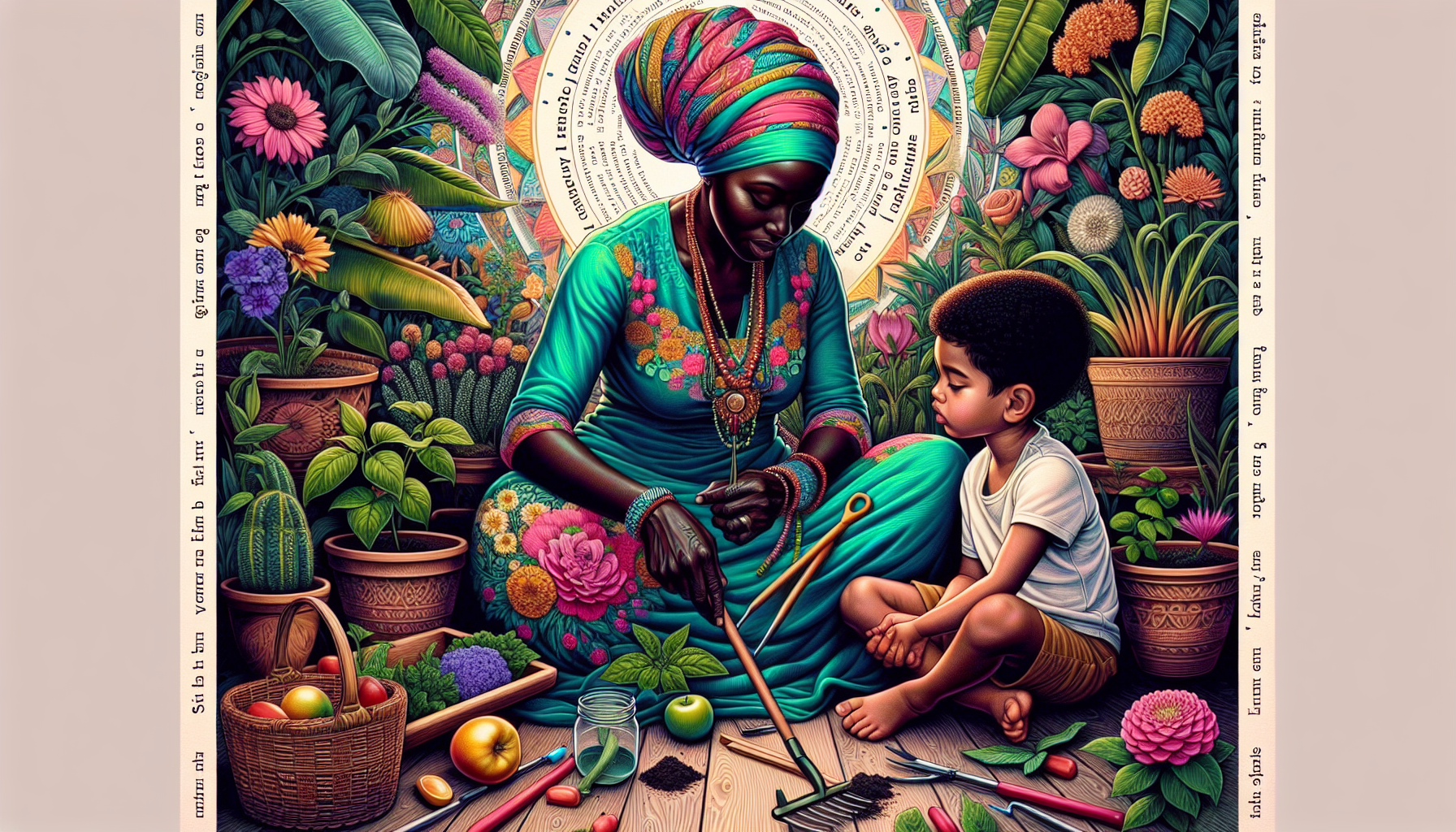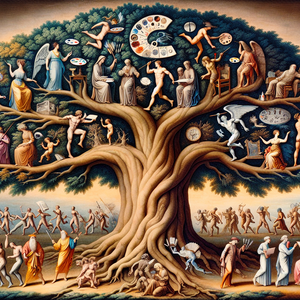Eagles in Literature: From Myth to Metaphor

Eagles have held a prominent place in human mythology and literature since ancient times. In many cultures, they are revered as symbols of strength and divine connection. For instance, in Greek mythology, the eagle is associated with Zeus, the king of the gods, who is often depicted with the bird perched at his side or soaring above him. This relationship highlights the eagle's role as a messenger between the divine and mortal realms, emphasizing its lofty stature and power. The imagery of the eagle in this context reflects humanity's aspiration to connect with the divine, reinforcing the bird's symbolic significance.
Eagles in Classical Literature
The symbolism of eagles appears prominently in classical literature. In John Milton's epic poem "Paradise Lost," the eagle is depicted as a symbol of divine authority and transcendence. Milton writes of the eagle's flight as an allegory for the soul's journey towards enlightenment and truth. This connection between the eagle and the pursuit of higher knowledge underscores the bird's role as a powerful symbol of aspiration, as it soars toward the heavens, embodying the quest for wisdom and understanding.
Modern Interpretations of Eagles
As literature has evolved, so too has the representation of eagles. In contemporary novels, authors have redefined the eagle's symbolism to reflect modern themes of resilience and survival. In "The Call of the Wild" by Jack London, the eagle's characteristics are reflected in the protagonist, Buck, who embodies the spirit of freedom and strength as he navigates the challenges of nature. The eagle serves as a metaphor for Buck's transformation and ultimate reclamation of his primal instincts, illustrating the connection between the natural world and personal growth.
The Enduring Legacy of Eagles in Literature
The enduring presence of eagles in literature reflects their universal appeal as symbols of power, freedom, and resilience. From ancient myths to contemporary narratives, eagles continue to inspire authors and readers alike with their majestic qualities. They serve as reminders of the human spirit's capacity to rise above challenges and aspire to greatness.
Eagles have long been woven into the fabric of literature, serving as powerful symbols that resonate with readers across time and cultures. Their representation as messengers of strength, freedom, and resilience allows them to transcend the pages of novels, connecting us to universal themes of aspiration and survival. As we reflect on the role of eagles in literature, we are reminded of the enduring power of storytelling to inspire and uplift the human spirit. Through the lens of these magnificent birds, we can continue to explore our own journeys toward freedom and self-discovery, finding in their flight a reflection of our deepest desires and aspirations.
Environmental Educator
Nature centers, wildlife reserves, educational institutions
Core Responsibilities
Develop and deliver educational programs focused on wildlife conservation and the importance of biodiversity, including the role of eagles in ecosystems.
Engage with various audiences through workshops and community outreach to foster a deeper understanding of environmental issues.
Required Skills
Strong communication and presentation skills to effectively convey complex ecological concepts.
Experience in curriculum development and a background in environmental science or education.
Wildlife Biologist (Avian Specialist)
Government agencies (e.g., U.S. Fish and Wildlife Service), non-profits focused on wildlife conservation
Core Responsibilities
Conduct research on eagle populations, including monitoring their habitats and behaviors to inform conservation efforts.
Collaborate with conservation organizations to develop strategies for protecting eagle species and their environments.
Required Skills
Proficiency in data collection and analysis, including fieldwork and statistical methods relevant to wildlife studies.
A degree in biology, ecology, or a related field, with specialized training in ornithology preferred.
Literary Scholar (Focus on Symbolism in Literature)
Universities, academic journals, literary organizations
Core Responsibilities
Research and analyze the representation of eagles and other symbols in literature across various cultures and time periods.
Publish articles and papers to contribute to academic discussions on literary symbolism and its implications on human experiences.
Required Skills
Strong analytical and critical thinking skills, with expertise in literary theory and cultural studies.
A Ph.D. in English, Comparative Literature, or a related field, with a focus on symbolism in literature.
Conservation Program Manager
Environmental NGOs, governmental conservation agencies
Core Responsibilities
Oversee conservation projects aimed at protecting eagle habitats and ensuring sustainable practices within affected communities.
Collaborate with stakeholders to promote awareness of the ecological significance of eagles and their conservation needs.
Required Skills
Project management experience, including budgeting and fundraising for conservation initiatives.
Strong interpersonal skills to engage with community members, government bodies, and funding organizations.
Wildlife Photographer/Documentary Filmmaker
Nature magazines, documentary production companies, wildlife conservation organizations
Core Responsibilities
Capture high-quality images and footage of eagles in their natural habitats to raise awareness about wildlife conservation issues.
Create compelling narratives through visual storytelling that highlight the significance of eagles and their ecosystems.
Required Skills
Expertise in photography or cinematography, with a strong portfolio showcasing wildlife work.
Knowledge of animal behavior and environmental issues to ethically and effectively portray wildlife.


